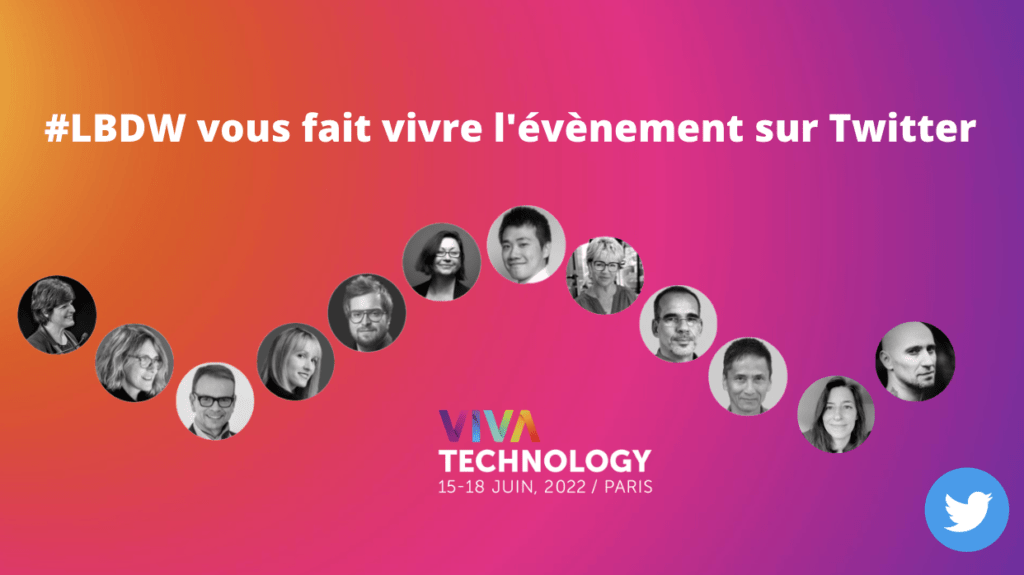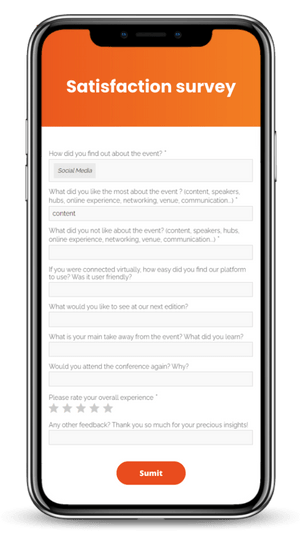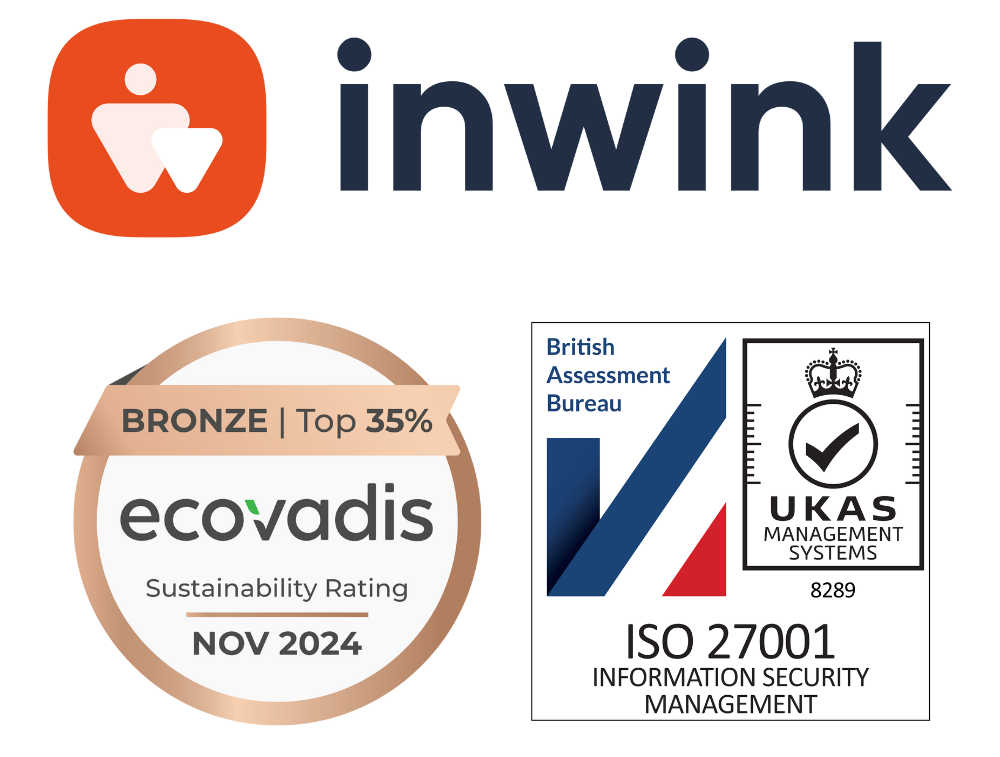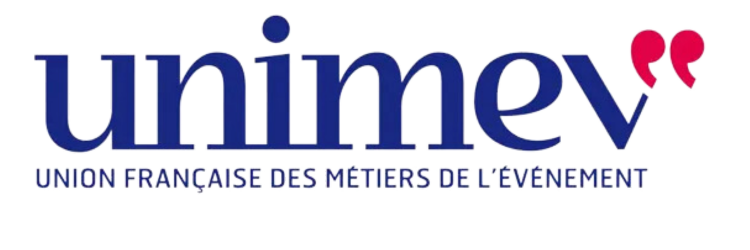If calculating the ROI of an event remains a fundamental step, measuring the satisfaction of the participants should not be neglected by the organizers.
Did the participants find an interest? Did they have a good time? Are they delighted and satisfied? Will they come back for the next edition? These questions are legitimate and their answers will very often condition the holding of a next edition.
In this article, we go into detail on the different dimensions to follow to measure the satisfaction of the participants to an event.
Measuring satisfaction during the event
1) Why measure interactivity during an online event?
During an online event, it is important to monitor the interactivity and dynamism of the participants as it very often reflects their level of engagement. An engaged participant is more likely to show signs of satisfaction at the end of the event.
To measure the level of interactivity, pay attention to:
- The number and content of questions asked during the sessions.
- The tone of the messages.
- The number of messages exchanged on the chat during the event.
- The number of people taking part in the networking.
- The number of contact requests total, accepted, refused or pending.
- The number of business meetings total, accepted, refused, completed or pending.
These are all proofs of involvement on the part of the participants.
2) How to improve the virality of an event?
Social networks are a tool to monitor before, during and after the event. The main social KPIs to track to measure attendee satisfaction are:
- The number of new subscribers.
- The number of publications by third party accounts (of participants).
- Reactions to your publications and to third party publications (participants, partners, speakers).
- Content and tone of posts.
To structure and energize exchanges on social networks, some event organizers use the following best practices:
- Create a hashtag dedicated to the event. This will be used in all the publications of the organizer, but can also be used by the participants and partners in their various communications. It will make it easier to list the publications that refer to the event on social networks.
- Use influencers. In 2022, Viva Technology called on the Brigade du Web to have its members relay their discoveries and meetings on Twitter or LinkedIn.

Measuring satisfaction after the event
1) What are the questions to ask after an event?
It is strongly recommended that you send participants an overall satisfaction questionnaire at the end of the event. This type of questionnaire allows you to gather qualitative and quantitative feedback on the event.
It usually contains about ten questions and can be a mine of information if it is cleverly administered.
To inspire you, you will find below a non-exhaustive list of questions:
- What was your overall level of satisfaction with this event?
- What did you think of the venue?
- What did you think of the pace of the event (times, activities, breaks…)
- Did you have any problems registering?
- Did you have all the information you needed to participate in the event?
- Did this event meet your expectations?
- What was the strong/weak point of this event?
The analysis of the answers to the satisfaction survey allows to measure the success of the event, but will also become a strong marketing argument to communicate on the next editions in case of good results, both with participants and partners.
2) Why evaluate the quality of an event’s content?
If the event has a content component, with lectures, workshops or video sessions, the quality of the presentations will be central to its success.
Taking stock of the evaluations of all the sessions allows you to see which ones interested the participants the most. This is a good indicator to define the content of the next edition of the event.
- What did you think of the quality of the sessions?
- What new things or concepts did you learn?
- What did you like about the choice of speakers?
- Which partner caught your attention the most?
At an online event, it is recommended to ask participants to rate the sessions immediately after attending. For this, it is recommended to use an event management platform that allows you to perform the evaluation automatically at the end of the session.
3) How to calculate the NPS (or Net Promoter Score) of an event?
The Net Promoter Score (NPS) is one of the most commonly used calculations to measure an event’s satisfaction rate. In the context of events, it is a universal KPI that measures the probability that an attendee will recommend an event to others.
To do this, it is customary to ask the following question:
On a scale of 1 to 10, how likely are you to recommend this event to a friend or colleague?
| Score between 9 and 10 | Promotor |
| Score between 7 and 8 | Passive |
| Score less than or equal to 6 | Detractor |
((Number of promoters – Number of detractors) / (Number of respondents)) × 100
An NPS:
- Less than 0 means the experience was not optimal.
- Above 0 means you have more promoters than detractors. The experience was perceived as positive.
- Above 50 is a sign of an excellent experience.
However, these considerations depend on the sector and the type of event. The NPS is used to compare several editions of the same event, or to benchmark against other events in the same industry. The data needed to calculate this score can be collected in the satisfaction questionnaire.
4) Why is it interesting to have a look at participants who re-register from one edition to the next?
If a participant registers from one year to the next, it is the best proof that he or she was satisfied with the previous edition!
It is therefore necessary to measure the number of repeat participants in the event.
These participants are committed people who become the best ambassadors of the event.
- Do you plan to come back to our next event? Why or why not?
- What do you expect from the next event?
- What topics would you like to see addressed?
- Which speakers would you like to see?
To reward their loyalty and increase their satisfaction, it is possible to offer them a premium treatment.
The simplest way is to offer discounts on tickets for the next edition in the case of a paying event.

Our tips for preparing the satisfaction questionnaire to be submitted to participants after the event:
Depending on the different objectives of the event, the organizer must find the right mix between the completeness of the questions and the time spent answering them. This objective is sometimes very complex but there are some good practices to maximize the number of responses:
- Make it simple and visually pleasing for the participant.
- Prioritize closed questions, which are faster to answer.
- However, keep an optional open-ended question to allow the participant to express qualitative feedback.
- Offer a reward or “gamify” the questionnaire to encourage participants to answer it.
- Solicit participants in the last moments before the end of the event.




